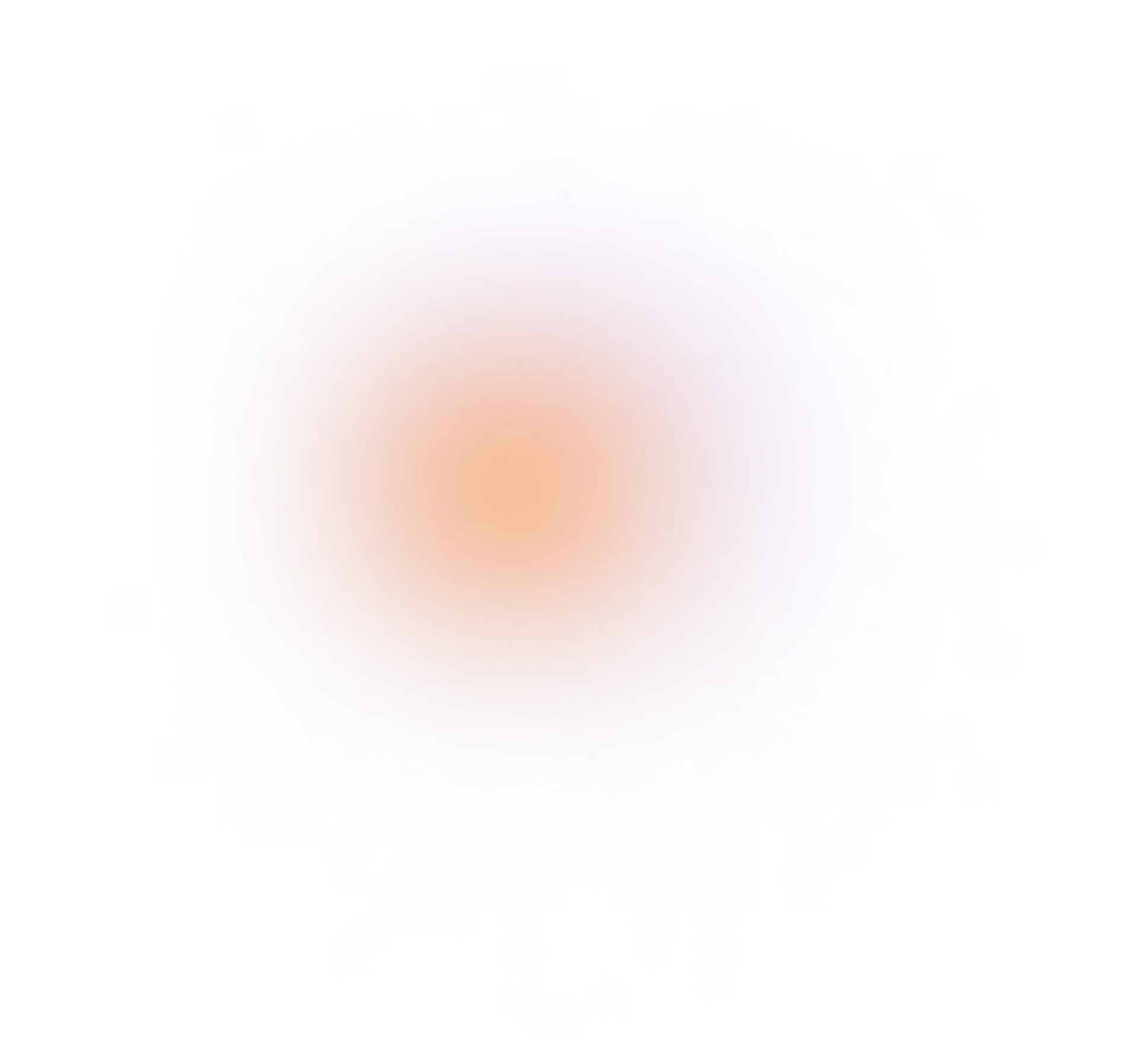
RFP VS RFQ
Richiesta di proposta (RFP)
Una RFP è un documento completo utilizzato quando hai bisogno che i fornitori propongano soluzioni personalizzate per progetti complessi. Fornisce una panoramica dettagliata dell'ambito del progetto e invita i fornitori a presentare il loro approccio, le tempistiche e i costi.
Richiesta di preventivo (RFQ)
Una RFQ è più semplice, si concentra sull'ottenimento di preventivi di prezzo per prodotti o servizi ben definiti. Funziona meglio per acquisti standardizzati in cui specifiche e quantità sono già chiare.
Differenze chiave - RFP VS RFQ
Sebbene entrambi i documenti mirino a raccogliere informazioni sui fornitori, il loro focus varia:
Quando usare una RFP o una RFQ
Quadro decisionale strategico
La decisione se utilizzare una RFP o una RFQ dipende da diversi fattori:
Strumenti e modelli digitali per un approvvigionamento efficiente
I moderni team di approvvigionamento possono sfruttare gli strumenti digitali per semplificare la creazione di RFP e RFQ. Ecco come la tecnologia può aiutare:
Caratteristiche degli strumenti di approvvigionamento digitale
- Librerie di contenuti: archivia le sezioni utilizzate di frequente per un rapido riutilizzo.
- Automazione: semplifica la creazione e la distribuzione dei documenti.
- Strumenti di collaborazione: consenti l'input e la revisione da parte di più membri del team.
- Funzionalità di intelligenza artificiale : analizzare le risposte dei fornitori e fornire informazioni predittive.
Vantaggi dei modelli
I modelli assicurano coerenza, completezza e creazione più rapida dei documenti. Strumenti come il software di gestione dei progetti mantengono anche un flusso logico, assicurando chiarezza per i fornitori.
Punti chiave e conclusione
È fondamentale comprendere le esigenze del tuo progetto. Adatta il formato alla tua complessità e ai tuoi obiettivi con le conoscenze acquisite in questo articolo:
- Comprendere lo scopo : le RFP raccolgono soluzioni dettagliate, mentre le RFQ si concentrano sui prezzi.
- Corrispondenza alle esigenze del progetto : scegli RFQ per acquisti standardizzati e RFP per progetti complessi.
- Sfrutta la tecnologia : utilizza strumenti e modelli digitali per ottenere efficienza e coerenza.
- Definire criteri chiari : assicurarsi che i modelli includano tutti i dettagli necessari per la valutazione.
Domande frequenti
D1. Quali sono le principali differenze tra RFP e RFQ negli appalti?
Le RFP si concentrano su soluzioni e valore per progetti complessi, mentre le RFQ sono orientate ai costi e utilizzate per prodotti o servizi definiti.
D2. Come fanno le aziende a stabilire a quali fornitori inviare RFP o RFQ?
Le aziende definiscono le proprie esigenze, ricercano i fornitori e selezionano quelli che soddisfano i criteri iniziali prima di inviare RFP o RFQ.
D3. Quando un'azienda dovrebbe utilizzare una RFP anziché una RFQ?
Utilizza una RFP per progetti complessi che richiedono soluzioni creative e il contributo delle parti interessate e quando fattori che vanno oltre il costo, come la qualità, sono critici.
D4. Quali sono i componenti chiave di un modello RFQ?
I componenti chiave includono le specifiche del prodotto, i requisiti del formato dei prezzi, le tempistiche di consegna e i criteri di valutazione del fornitore.
D5. In che modo gli strumenti digitali hanno influenzato i processi RFP e RFQ?
Gli strumenti digitali semplificano il processo attraverso l'automazione, la collaborazione e l'analisi basata sull'intelligenza artificiale, riducendo i tempi da mesi a giorni.
Clicca qui per maggiori informazioni sul software RFP


%20(24).png)
%20(23).png)
%20(22).png)
%20(5).png)
%20(1).png)
%20(47).png)